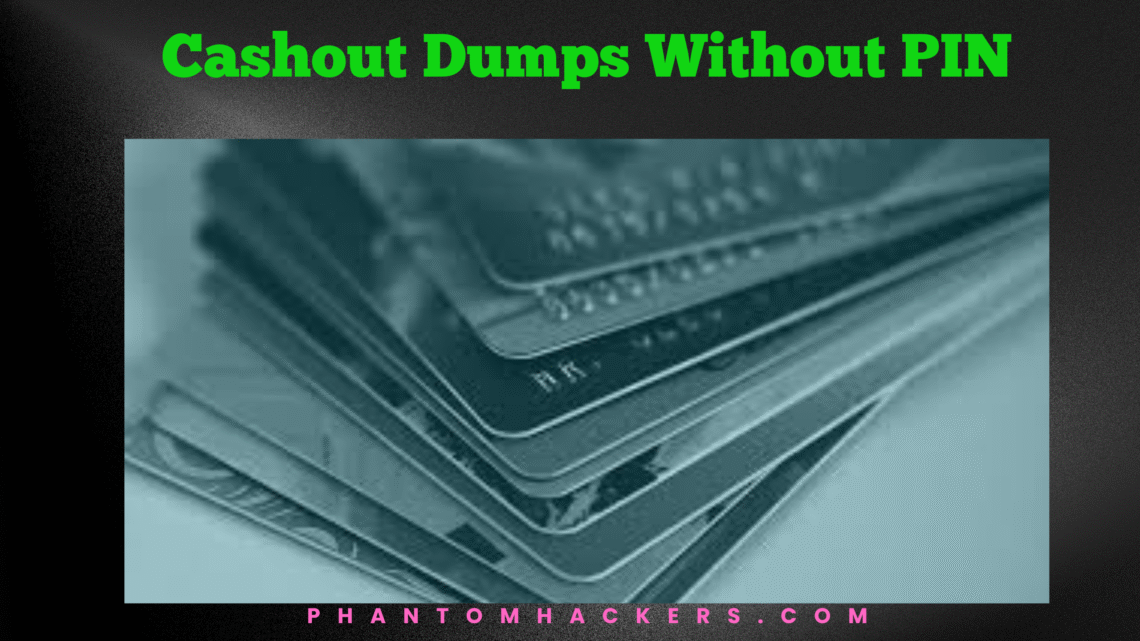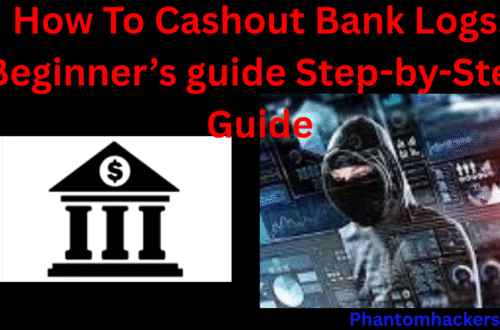Looking to cashout dumps without PIN in 2025? While EMV chips and 2FA protections have shut down many old-school tactics, swipe-based methods are still alive if you use the right dumps and tools. In the underground scene, Track 2 dumps remain gold when paired with non-chip POS terminals or low-security online stores.
⚠️ Disclaimer: This guide is published strictly for educational and informational purposes. It does not promote illegal activity. Always stay within the law and use this knowledge to protect yourself from fraud.
In this step-by-step guide, you’ll learn exactly how to use dumps without PIN to cash out successfully in 2025. From trusted sources like nonvbvshop.com, cardingshop.club, and cvvplug.com to cloning and hitting live swipe terminals, we break it down clean and simple.
No BS. No fluff. Just raw tactics that still work.
VISIT US @ CASHOUTLEGENDS.COM TO GET STARTED WITH OUR
Sameday money deals
What Are Dumps?
If you’re new to carding in 2025, understanding dumps is the first step. Dumps are the raw magnetic stripe data stolen from real credit or debit cards usually containing Track 1 and Track 2 information.
Carders use these dumps to clone real cards onto blank plastic using MSR devices. Once cloned, these fake cards behave just like the original and can be used at swipe terminals, gas pumps, and even some online stores.
A dump is the raw data stored on a bank card’s magnetic stripe specifically Track 1 and Track 2. This encoded info is directly tied to a real bank account. When a card is swiped at an ATM or POS, the terminal reads that dump to verify and process the transaction.
In simple terms, the card is just a tool. The real power lies in the dump itself. If someone obtains this stripe data, they can clone the card and gain access to the linked account just like the real owner. No chip, no PIN needed in many cases.
That’s why dumps are highly valued in underground markets. With the right tools and method, they unlock full access to the cardholder’s money instantly and anonymously.
How Are Dumps Stolen?
Stealing a dump isn’t as hard as people think. Dumps are often obtained through skimming, sniffing, or hacking payment systems. Every time someone swipes their card at a POS terminal, ATM, or gas pump, there’s a risk the magnetic stripe data gets captured without them knowing.
Each bank dump contains Track 1, Track 2, and sometimes Track 3 data. But in most real-world cases, just one valid track is enough — as long as the account has sufficient balance. With the right setup, the cloned card will process the transaction just like a legit one, especially on outdated swipe terminals that don’t ask for PINs.
That’s what makes dumps so dangerous — and so valuable..
? What Is Track 1 Data?
Track 1 is the only track that contains the cardholder’s name. It’s encoded using a format called DEC SIXBIT (odd parity) and holds more detailed information than Track 2.
A typical Track 1 dump looks like this:
vbnetCopy codeB5466160081187237^SHORT/JAMES D Carders often edit the name in Track 1 to match a fake ID or whatever name is embossed on their blank plastic. This is useful when swiping at stores that check the printed name against an ID.
Track 1 isn’t always required for swipe cashouts but when used properly, it adds realism and reduces suspicion.
buy now EQUIPMENTS to start writing cloned cards
? Track 1 Format Breakdown – What Each Part Means
Track 1 follows a structured format that encodes all key card data. Here’s what each part means:
- Start Sentinel – Always begins with
% - Format Code – Usually
Bfor financial cards - Primary Account Number (PAN) – The card number (not always accurate)
- Field Separator – The
^symbol separates PAN, name, and other data - Cardholder Name – 2 to 26 characters (e.g.,
SHORT/JAMES D) - Second Field Separator – Another
^ - Expiration Date – Format is
YYMM(e.g.,2409for Sept 2024) - Service Code – 3 digits defining restrictions and type
- Discretionary Data – May contain:
- CVV
- PIN verification key (not ATM PIN)
- Card validation logic
- End Sentinel – Always ends with
?
? Example Full Track 1:
perlCopy code%B5466160081187237^SHORT/JAMES D^240910100000023001000000415000000?
Carders can edit most of this data during encoding — especially the name and expiry — to match fake IDs or fake plastics.
? Track 2 – The Core of Every Working Dump
Track 2 is the most important track when it comes to dumps. It was designed by the banking industry to hold all essential data for transactions and most dumps will work as long as Track 2 is valid, even if Track 1 is missing.
Track 2 uses a 5-bit encoding scheme (4 data bits + 1 parity) and contains the core transaction data used during a swipe.
? Track 2 Format Breakdown:
- Start Sentinel – Always starts with
; - Primary Account Number (PAN) – Usually the card number
- Separator – Always
= - Expiration Date – Format:
YYMM - Service Code – 3-digit code defining usage rules
- Discretionary Data – May include:
- CVV (Card Verification Value)
- PIN Verification Key (not the actual PIN)
- Card usage logic
- End Sentinel – Ends with
?
? Example Track 2:
iniCopy code;5466160081187237=24091010000023001?
? Note: If you’re encoding a blank for swipe, Track 2 is what the terminal reads first. If this track is solid, the card will usually pass — even if Track 1 is fake or missing.
Track 3 is virtually unused by the major world wide networks. It was developed by Thrift Saving Industry. Points Of Sales does not read this track.
Read also cc to btc method
The Underground Amazon Carding Method for 2025 Step-by-Step
SERVICE CODE
The card service code is a 3 digits code present in both track 1 and track 2. Each of 3 digits of the code has a meaning and reading this digits together as a service code let us know where and how the card can be used.
If the first digit is:
-card is for international use
2-card is for international use but has chip
5-card is for national use
6-card is for national use but has chip
7-card is not good for interchange except for bilateral agreements
9-test card
If the second digit is:
0-card is normal, without restriction
2-issuer must be contacted via online means
4-issuer must be contacted via online means except under bilateral agreements
Be aware of police and have a good luck and lots of $$$.
Any problem pm on telegram or coment below







